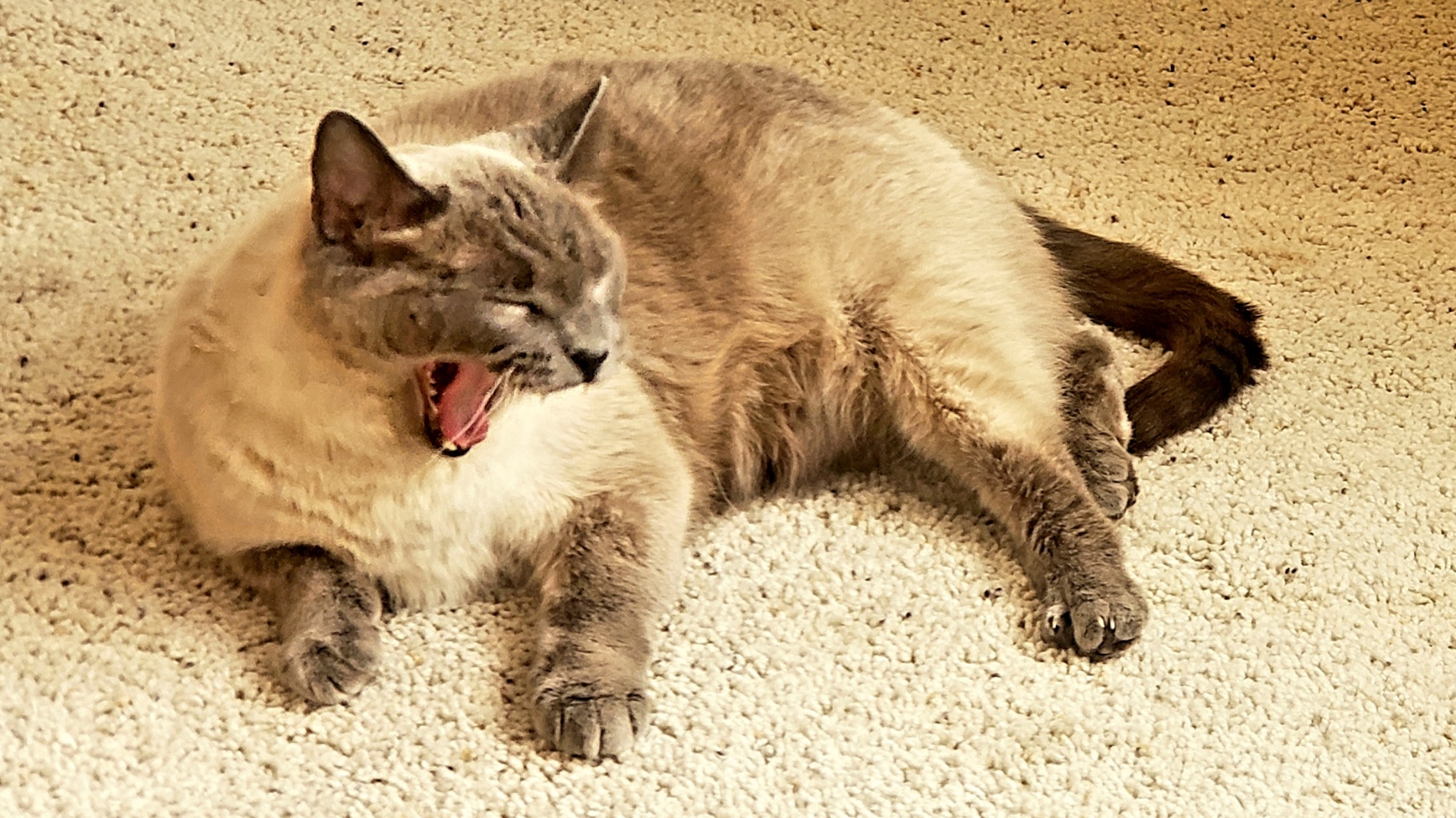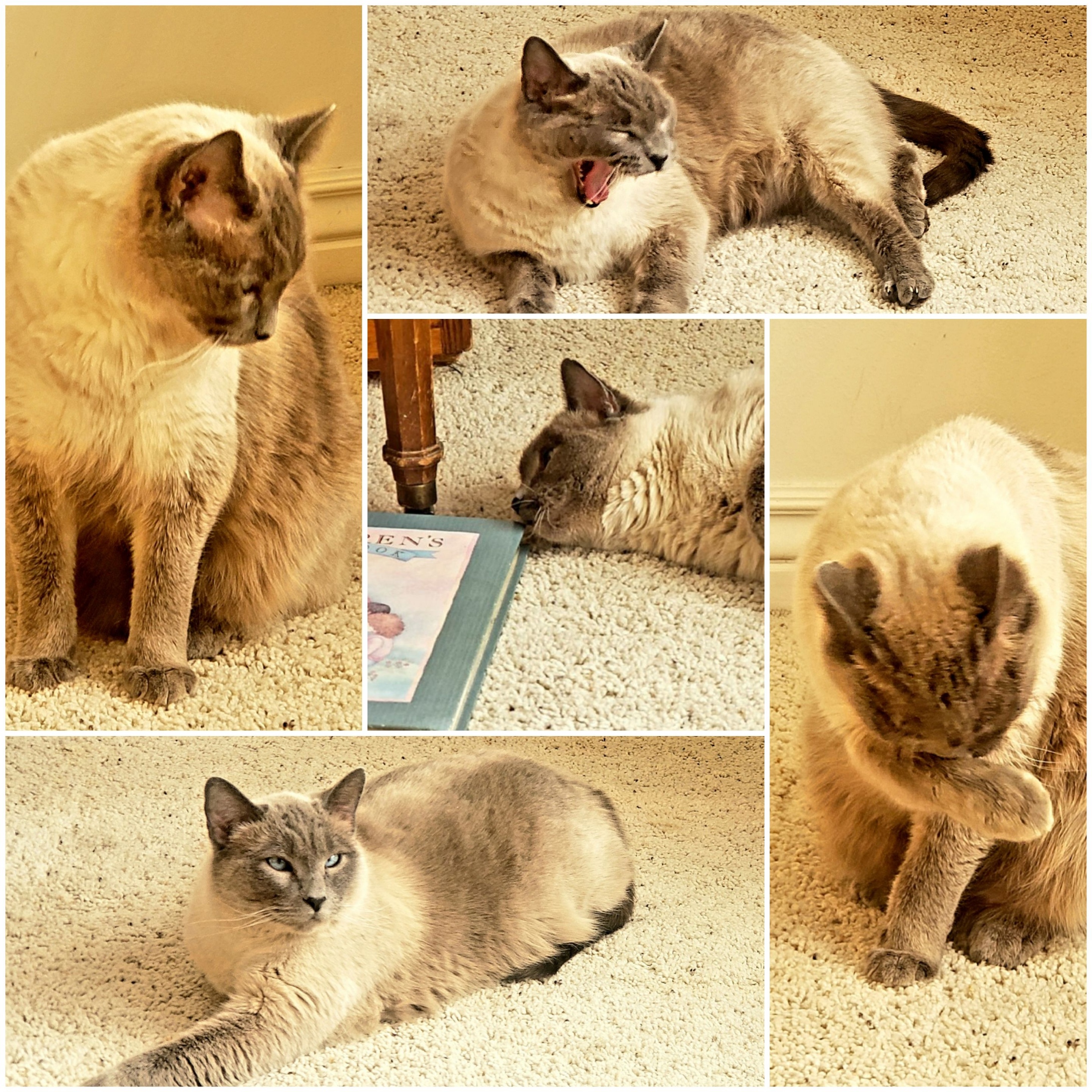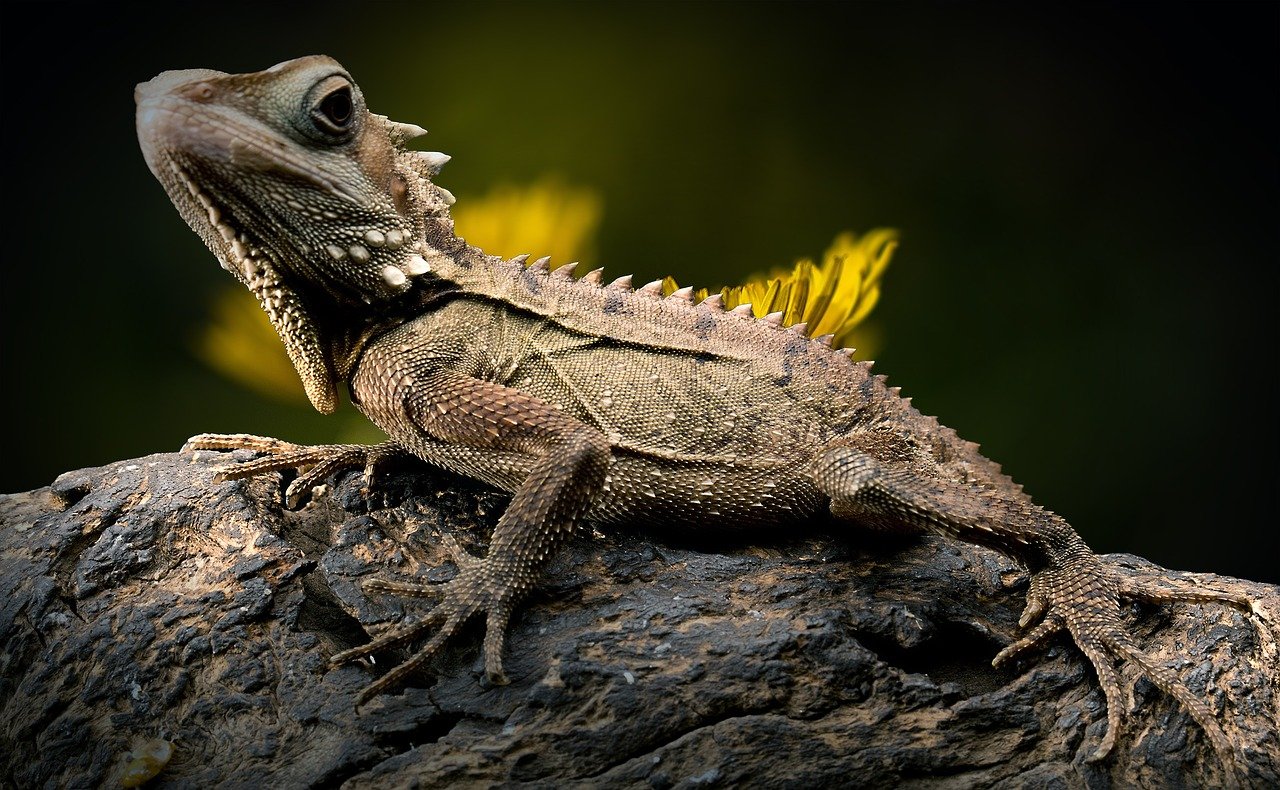
Monday Morning Boost: Scaredy-Cats
The robins in our front tree drive our cat absolutely nuts!
Meet Mr. Troye Sivan.
TROYE SIVAN
Troye Sivan, named after a singer Leslie adores, has a fascination with the robins. He loves to sit in the window sill, or on the front porch swing, and watch as they dart about scurrying for food and nest building material
I remember the first time Troye climbed up into the tree after the birds. He scurried up fast, nearly reaching the top of the tree, before realizing just how high he was. Momentarily appearing frozen, Troye seemed to assess his situation before slowly working his way down to a manageable level. Without much of a break, he started back up another limb, but this time at a more prepared pace.
By the way, this is Troye in all the pictures. I couldn’t locate one of Jewels. She was a pretty cat as well.
JEWELS
Several years ago our older cat Jewels (who has now finished her journey) experienced a similar fascination with our red feathered friends.
Jewels was probably two at the time. Though much higher up the food chain, Jewels was simply too scared to go outside when the robins were around. When the birds made their presence known, Jewels was content to watch their vibrant activity from the safety of her windowsill perch.
When Jewels needed to make a trip outside, she would crouch at the threshold of the open door, watching and observing, making sure all is safe. Too often fear overcame her and, no matter how much she needed to go outside, she retreated to the comfort and safety of the indoors. Sometimes moments later she’d be back to repeat the entire process.
Eventually, Jewels did figure out one way to overcome her fear by going out at night when the robins were nestled down in their nests. While the nighttime darkness may cause fear in some, it became a source of freedom for Jewels. Later on, she even took to scampering up the tree and freely chasing the birds.
SCAREDY-CATS
Two cats. Similar situations. Why the drastic difference in reaction?
Some may argue it’s because Troye was a male and Jewels was a female. This “Leave it to Beaver” stereotypical approach – boys are aggressive and girls are passive – is antiquated and faulty in its assumption. It doesn’t apply to people as a whole, the animal kingdom, and definitely not to cats.
Maybe it’s the age difference between the cats. Younger cats can be more playful and aggressive while older cats can be lazy and content. While sometimes true with Troye and Jewels, it’s not accurate in all their interactions, nor accurate with all cats.
If you’d like more insights into the inner workings of feline psychology, Feline Forever has a fascinating article. If you’d like to explore our human connection with fear, and how it can either paralyze or motivate us, then read on.

WHICH CAT ARE WE?
Sometimes we may feel like Jewels, afraid of what the outside world holds in store for us today. Other times we may feel more like Troye, rapidly climbing upward only to find ourselves perched high on a wobbly branch unsure which way to go next.
Perhaps fear is too strong of a word… or maybe not strong enough. Nervousness, concern, worry, apprehension, panic, dread, trepidation, terror, horror. The range of fear can run the gamut from mild to severe. Likewise, that which we fear, the “outside world” in our story today, generally is significantly different for each one of us.
Sometimes the source of fear may be physical, such as the fear of heights, snakes, or crowded spaces. Other times the source is possibly internal, including the fear of rejection, separation, or ridicule. Perhaps we fear the past or worry excessively about the future. Many say the average person fears public speaking more than death.
Fear manifests itself uniquely in each one of us. We may both share the same fear, maybe even to the same level, if it was possible to measure levels of fear. Yet, we will each process the same fear individually and we will each act or react to the same fear at the same level in our own very unique and personal way.
Whether we feel like Jewels, or like Troye, the discussion of fear has relevance for each of us.
THE ONLY THING WE HAVE TO FEAR…
President Franklin Roosevelt notably asserted, “The only thing we have to fear, is fear itself.”
Karl Albrecht supports this assertion. Writing in Psychology Today, he defines fear as, “An anxious feeling, caused by our anticipation of some imagined event or experience.”
The key to not allowing fear to control us is to understand how fear works.
Dr. Albrecht offers insight: “Fear, like all other emotions, is basically information. It offers us knowledge and understanding–if we choose to accept it…”
Information is incredibly helpful. Information allows us to act rather than be acted upon. If we can choose to see fear as helpful, rather than paralyzing, we can move forward at a good pace no matter than external or internal situations we face.

RESOURCES FOR LIZARD BRAINS
Here are three sources I’ve found helpful.
Brian Tracy offers four simple steps we can implement for overcoming fear.
- Define the problem or situation you are worrying about clearly in writing.
- Write out the worst possible outcome of the worry situation.
- Resolve to accept the worst possible outcome, should it occur.
- Begin immediately to improve upon the worst.
Stephen Palmer offers simple insights into how different parts of our brain impact how we process fear. For instance, the amygdala is a “chickenhearted little weasel responsible for fear and rage, fight-or-flight.” And the prefrontal cortex is the “smart and experienced CEO responsible for planning and decision-making.”
While the smart and logical CEO controls our “Lizard Brain,” as Seth Godin calls the amygdala, our spirit is the wise and intuitive mentor guiding the CEO. “To permanently overcome fear and make the best decisions of our lives,” Palmer coaches, “we must learn to not only consult our mental CEO, but to get our CEO to consistently consult with his mentor.”
Stephen Covey shares “The Upside of Fear” through the powerful story of Weldon Long who found a “Freedom in Prison” that allowed him to rebuild his personal and professional life.
“For the first time in my life,” Long writes, “I began to seriously consider the values that had governed my life, and I realized that I had not been breaking the universal principles of success – I was breaking myself against them. The personality ethic had governed my behavior as I pretended and faked my way through life.”
BETTER THAN AVERAGE
No matter how our fears may manifest themselves, we can each find a way to be better than average and conquer our fears. Pursue one of the sources I’ve shared for more information and guidance.
Have a great Monday! Thanks for letting me share.
Les Patterson
p.s. Take 13 minutes today to act upon one of your fears.
Lizard Photo by PIRO4D from Pixabay
The Story You Most Consistently Create Will be The Story To Most Consistently Come True In Your Life. Promise To Intentionally Create A Beautiful, Powerful, Wonderful Story Of Love And Greatness!
